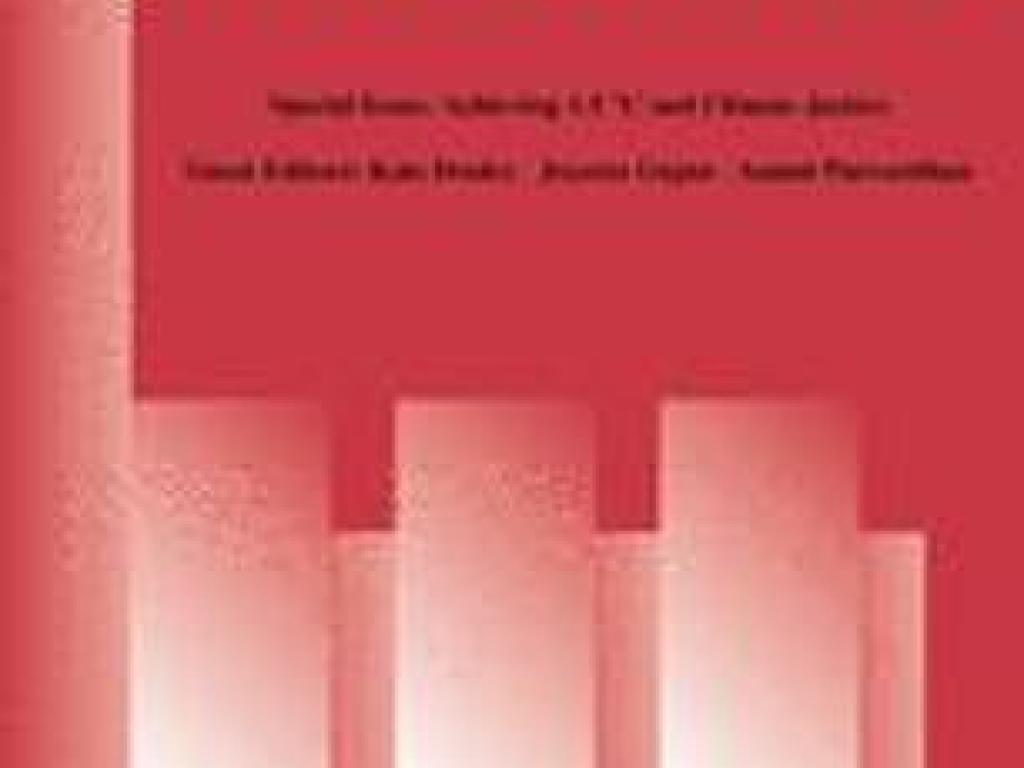Countries start to explain how their climate contributions are fair: more rigour needed

Winkler, H., Höhne, N., Cunliffe, G., Kuramochi., T., April, A., de Villafranca Casas, M. J. • 2018
In the lead-up to the Paris Agreement, every country was invited to submit an intended nationally determined contribution (INDC), and indicate how it is fair. We analyse how countries have explained the equity of mitigation and adaptation in 163 INDCs, providing a bottom-up analysis of equity to complement a literature that has focused on top-down allocations. While no single indicator of equity was used by all INDCs, a menu of quantified indicators or tiered approaches could provide bounded flexibility across different national circumstances. The most common equity indicator used in mitigation INDCs is the country’s ‘small share’ of global emissions, followed by per capita emissions. The emissions of individual ‘small share’ INDCs add up to 24% of annual global emissions when using a consistent data set. Per capita emissions are used across a range of countries with low (0.5) to high (25 t CO2–eq per capita) values for that indicator. Adaptation is included in 89% of INDCs, of which more than half quantify impacts in some manner, and two-thirds use vulnerability as an equity argument. Broadly, we find that most claims to equity are either unsubstantiated or drawn from analysis by in-country experts. Only two INDCs refer to independent evidence, and none consider the consequences of their approach when applied to all countries. Given that the aggregate effect of INDCs will not be sufficient to keep global temperature increase well below 2 °C, and even less to keep temperature below a 1.5 °C rise, the INDCs have distributional implications. More rigorous information is needed to assess relative fair shares, which could be provided officially in future nationally determined contributions (NDCs). Absent improved information, it is likely that researchers and civil society will continue to assess informally what could be considered fair. A hybrid approach to equity—combining bottom-up assessment and top-down allocation—would be consistent with the hybrid architecture of the Paris Agreement, which comprises bottom-up elements such as NDCs and top-down elements such as global goals. Improved information on equity in NDCs will be an important input to the global stocktake ‘in the light of equity’.